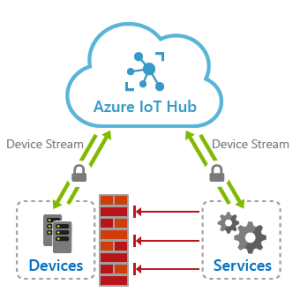How to Build a Budget-Friendly Computer for Graphic Design
Introduction
Graphic design requires a computer with sufficient power and performance to handle complex tasks efficiently. However, building a computer for graphic design doesn’t always have to break the bank. In this article, we will discuss the essentials of building a budget-friendly computer that meets the requirements of graphic designers.
Choosing the Right Processor
One of the most crucial components for a graphic design computer is the processor. Look for a processor with multiple cores and a high clock speed as it will improve the computer’s multitasking abilities. AMD Ryzen and Intel Core i5/i7 processors are popular choices for budget-friendly builds.
Opting for Sufficient RAM
Graphic design software often demands substantial memory to run smoothly. Aim for at least 16GB of RAM, though 32GB would provide even better performance. Remember, having more RAM allows your computer to handle larger files and complex design projects seamlessly.
Choosing the Right Graphics Card
A good graphics card is vital for graphic design, especially when working with applications like Adobe Photoshop or Illustrator. While high-end graphics cards can be expensive, there are budget-friendly options available. Look for a card with at least 4GB of VRAM, as it will ensure smooth rendering and quick editing capabilities.
Storage Options
When it comes to storage, there are two types to consider: Solid State Drives (SSD) and Hard Disk Drives (HDD). SSDs offer faster data transfer rates and quicker boot times, making them ideal for graphic design projects. However, they tend to be more expensive. As a budget-friendly alternative, consider pairing a smaller SSD (around 256GB) with a larger HDD to strike a balance between speed and cost.
Choosing the Right Monitor
A good monitor is crucial for graphic design, as it affects color accuracy and overall image quality. Consider a monitor with an IPS panel, as it provides better color reproduction and wider viewing angles. Look for a monitor with a minimum resolution of 1920×1080 (Full HD) to ensure sharp and detailed visuals.
Other Essential Components
In addition to the aforementioned components, here are a few other essentials for a budget-friendly graphic design computer:
Motherboard: Choose a motherboard that supports the processor you have selected and has enough USB ports for peripherals.
Power Supply Unit (PSU): Ensure that the PSU has sufficient wattage to support all the components in your build.
Peripherals: Invest in a good mouse, keyboard, and a drawing tablet, if required.
Conclusion
Building a budget-friendly computer for graphic design is absolutely achievable with careful consideration of the essential components. By choosing the right processor, sufficient RAM, a decent graphics card, appropriate storage options, and a good monitor, you can create a powerful workstation without a significant dent in your wallet. Remember to research and compare prices to find the best deals, and always prioritize performance over aesthetics when building a computer for graphic design.

